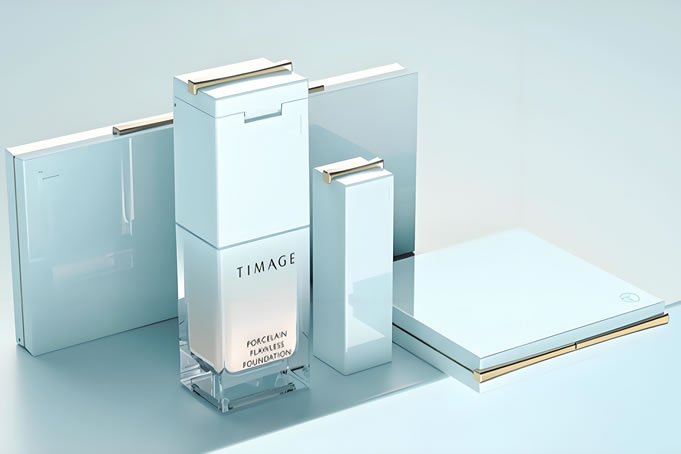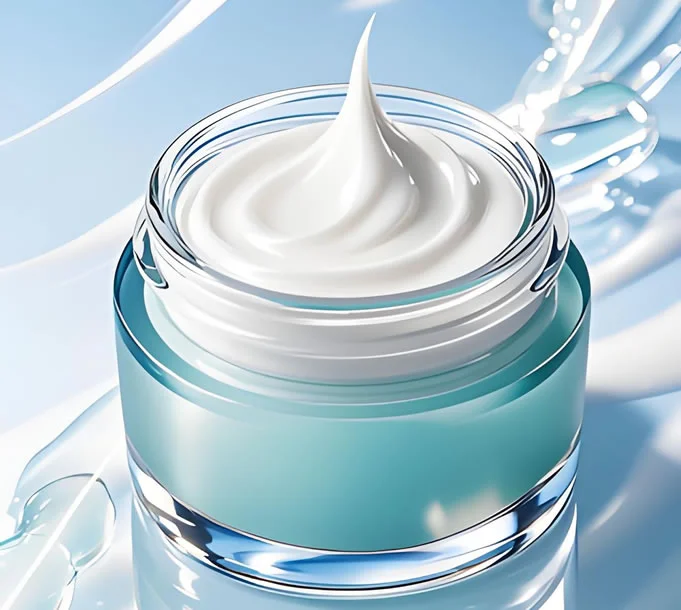
L'idrossietilcellulosa, un ingrediente naturale modificato della cellulosa, è altamente sicura e rispettosa della pelle e dei capelli, a differenza di alcuni ingredienti chimici che possono causare irritazioni. Forse non è un elemento di spicco, ma senza di esso la consistenza, l'efficacia e l'esperienza d'uso di molti cosmetici sarebbero notevolmente compromesse.
Idrossietilcellulosa di alta qualità
Idrossietilcellulosa (HEC) è un polimero non ionico, solubile in acqua, che si presenta come una polvere bianca e fibrosa ed è facilmente solubile in acqua e in solventi polari.
L'idrossietilcellulosa ha un'elevata efficienza addensante, una buona trasparenza, un'eccellente resistenza agli ioni (sale, acqua dura) e stabilità al pH. Ha anche una buona biocompatibilità ed è ampiamente utilizzata in shampoo, gel doccia, lozioni per la pelle, creme, spray per capelli e altri prodotti. È uno degli eteri di cellulosa più comunemente utilizzati nei prodotti chimici di uso quotidiano.
Idrossietilcellulosa nei cosmetici
1.Prodotti per la cura della pelle
Nei prodotti per la cura della pelle, la funzione più comune di idrossietilcellulosa è quello di addensare e stabilizzare le formule. Ad esempio, se il siero è sottile come l'acqua e tende a colare sul viso, l'HEC può addensare leggermente il liquido, rendendolo più omogeneo. Alcune lozioni appaiono come un gel traslucido quando vengono spremute e si dissolvono in acqua nel momento in cui vengono applicate. Questo effetto di "aumento dell'acqua" è dovuto anche all'idrossietilcellulosa. Essa trattiene l'umidità e gli altri principi attivi, evitando che il prodotto si separi nel flacone e mantenendo una consistenza uniforme anche dopo l'agitazione.

2.Shampoo
L'idrossietilcellulosa viene aggiunta a shampoo e balsamo principalmente per migliorare la sensazione di lavaggio. Uno shampoo ricco e schiumoso produce una schiuma densa con una sola pompa, non scivola sui capelli e non lascia residui appiccicosi dopo il risciacquo: tutto questo grazie all'idrossietilcellulosa. Anche il balsamo richiede l'idrossietilcellulosa per bilanciare un'applicazione fluida e un risciacquo rinfrescante, soprattutto nei prodotti senza silicone, dove la capacità di questo ingrediente di sostituire il silicone è fondamentale.
Maschere per il viso
Le maschere per il viso assorbono grandi quantità di essenza senza colare e aderiscono strettamente alla pelle. Questa barriera invisibile è opera dell'idrossietilcellulosa. Essa forma una pellicola traspirante che impedisce alla maschera di seccarsi rapidamente e permette ai principi attivi di penetrare lentamente. Alcune maschere per il sonno appaiono invisibili una volta applicate, evitando che si attacchino al cuscino. Questo perché la loro viscosità viene regolata durante il processo di formazione della pellicola.
3.Cosmetici
Nei cosmetici, la presenza di idrossietilcellulosa aiuta i prodotti a diffondersi più facilmente. I fondotinta sono fluidi quando vengono spremuti, ma non colano; le ricariche di eyeliner in gel hanno la giusta consistenza, evitando che si rompano o si agglomerino durante l'applicazione; i lucidalabbra mantengono una finitura lucida senza seccare le labbra. Tutti questi ingredienti richiedono l'idrossietilcellulosa per regolare la loro consistenza. Alcuni prodotti waterproof sfruttano addirittura le sue proprietà filmogene per migliorare la durata del trucco, evitando che si sbiadisca in caso di sudorazione.
L'idrossietilcellulosa è dannosa per la pelle?
Le persone con pelle sensibile possono essere preoccupate per gli ingredienti irritanti quando scelgono i prodotti per la cura della pelle, ma l'idrossietilcellulosa è un additivo relativamente delicato. Non ha carica elettrica e non si lega alle proteine sulla superficie della pelle, causando reazioni allergiche. È stato dimostrato che è sicuro in numerosi test cutanei. Tuttavia, è bene tenere presente che alcuni prodotti che si dichiarano "naturali e biologici" possono intenzionalmente ridurre gli ingredienti chimicamente modificati per scopi di marketing, il che può portare a risultati incoerenti. Pertanto, la presenza di idrossietilcellulosa non dovrebbe essere considerata un semplice indicatore della qualità del prodotto.Un altro blog che ho pubblicato non molto tempo fa è un discussione sulla sicurezza di hec. Per saperne di più.

Idee sbagliate sull'idrossietilcellulosa
Molte persone credono erroneamente che gli additivi elencati più in basso nell'elenco degli ingredienti non siano importanti. In realtà, anche un'aggiunta di 0,5% di idrossietilcellulosa possono avere un impatto maggiore sulla texture di un prodotto rispetto agli ingredienti elencati in precedenza. Per esempio, l'idrossietilcellulosa compare al quinto posto nell'elenco degli ingredienti di un determinato tonico, svolgendo un ruolo cruciale nel mantenere la stabilità del principio attivo.
Un'altra idea sbagliata è che i prodotti più densi contengano più principi attivi. In realtà, un eccesso di addensanti può ostacolare l'assorbimento della pelle; la moderazione è fondamentale.
Nella formulazione, gli ingegneri cosmetici regolano il dosaggio e la combinazione di idrossietilcellulosa in base alle esigenze specifiche. Un prodotto estivo rinfrescante potrebbe utilizzare una formula a bassa viscosità, mentre un prodotto invernale idratante potrebbe optare per una formula ad alta viscosità. A volte viene combinata con altri colloidi, come il carbomero per regolare il pH o la gomma xantana per aumentare l'effetto filante. Questi sottili aggiustamenti hanno un impatto diretto sull'impressione iniziale dei consumatori quando svitano il tappo del flacone.
Idrossietilcellulosa ha un'elevata efficienza addensante, una buona limpidezza, un'eccellente resistenza agli ioni (sale, acqua dura) e stabilità al pH. Ha anche una buona biocompatibilità ed è ampiamente utilizzato in shampoo, gel doccia, lozioni per la pelle, creme, spray per capelli e altri prodotti.
In breve, l'idrossietilcellulosa è una cellulosa organica modificata sicura e rispettosa della pelle. Grazie alla sua buona capacità di addensare e alla sua stabilità, svolge un ruolo importante nel campo dei prodotti chimici di uso quotidiano. Mikem è specializzata nella produzione di idrossietilcellulosa. Il prodotto ha un'elevata trasparenza e un buon effetto addensante, che soddisfa pienamente le esigenze dei clienti.





Lascia una risposta